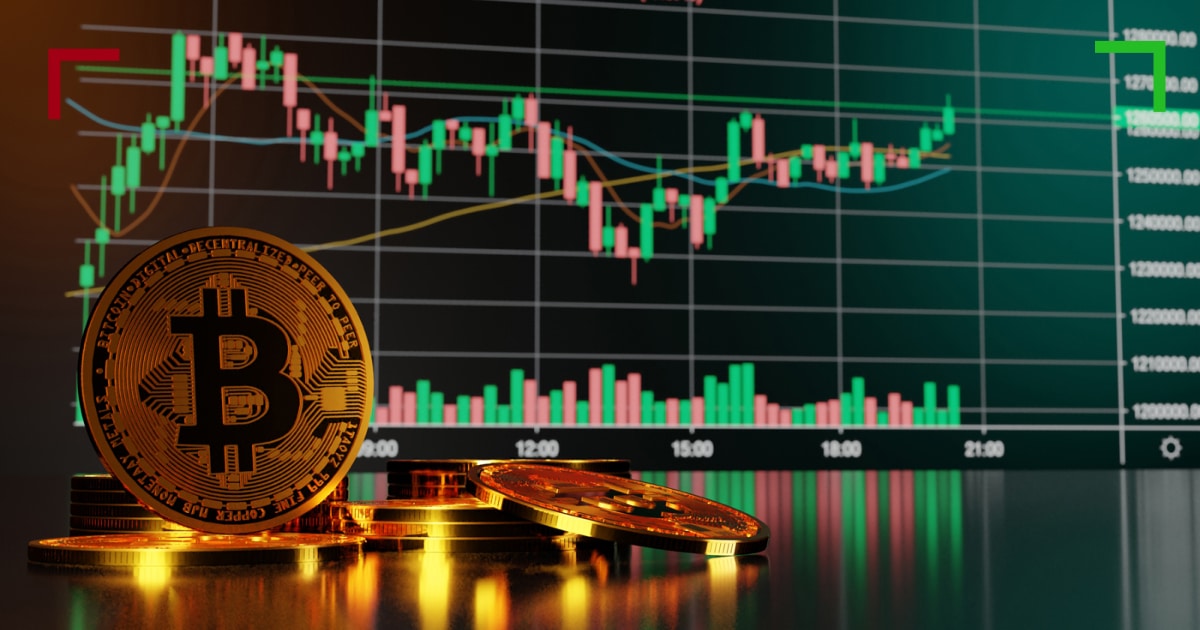
The Essential Guide to Crypto Trading Timing
In the fast-paced world of cryptocurrency trading, timing can mean the difference between a successful investment and a disastrous loss. Many traders often find themselves at the mercy of market fluctuations, struggling to determine the optimal moments to enter or exit their positions. To fully harness the potential of the cryptocurrency market, understanding crypto trading timing is crucial. In this article, we will delve into various strategies, indicators, and psychological aspects of timing your trades effectively. For deeper insights, you can Crypto Trading Timing visit website that discusses market analysis tools.
Understanding Market Cycles
The first step in mastering crypto trading timing is to comprehend market cycles. Cryptocurrencies, like other assets, go through cycles of accumulation, uptrends, distribution, and downtrends. Each phase presents unique opportunities and risks.
- Accumulation: This phase occurs after a market downtrend. Prices are generally low, and savvy traders look to accumulate assets before the next bull run.
- Uptrend: Characterized by a series of higher highs and higher lows, this phase is where bullish sentiment prevails, leading to increased buying.
- Distribution: At this point, prices may be peaking, and many traders begin to take profits. This phase can lead to a price correction.
- Downtrend: Following a distribution phase, prices typically decline, leading traders to either sell off or accumulate further assets at lower prices.
Technical Analysis and Trading Indicators
Technical analysis is a critical tool for determining the right entries and exits in crypto trading. Traders utilize several indicators to assess market conditions and predict future price movements.

- Moving Averages: These indicators smooth out price data to identify trends over a specific period. Common types include the Simple Moving Average (SMA) and Exponential Moving Average (EMA).
- Relative Strength Index (RSI): This momentum oscillator measures the speed and change of price movements. An RSI above 70 often indicates overbought conditions, while below 30 suggests oversold conditions.
- MACD (Moving Average Convergence Divergence): The MACD indicator helps traders identify trend direction, duration, and momentum through the convergence and divergence of two moving averages.
The Importance of News and Events
Crypto prices are notoriously susceptible to news events and market sentiment. Events such as regulatory announcements, partnerships, technological advancements, or security breaches can significantly impact prices. Staying informed about the latest developments in the cryptocurrency space is vital for effective timing.
For instance, an upcoming upgrade or fork can lead to increased trader activity and price volatility. Similarly, regulatory news can trigger either panic selling or buying frenzy, making it essential to stay abreast of market updates.
Psychological Factors in Trading Timing
The emotional aspects of trading play a significant role in timing decisions. Fear and greed can lead traders to make impulsive decisions that deviate from their original strategies. Understanding these psychological factors can help traders maintain discipline and better adhere to their trading plans.
Developing a trading mindset involves recognizing emotional triggers and knowing when to stick to your strategy. Avoiding the herd mentality during market hype or panic is crucial to making rational decisions.

Utilizing Trading Bots and Automation
Incorporating trading bots can streamline the execution of trades based on pre-determined strategies. These bots can help eliminate emotion-driven decisions and capitalize on market movements in real-time. By setting specific criteria for buying and selling, traders can ensure they don’t miss important opportunities due to emotional bias.
Creating a Trading Strategy
To achieve success in crypto trading, a well-defined strategy is essential. This strategy should encompass various elements, including risk management, entry and exit points, and timing considerations. Here are some components to include:
- Risk Management: Determine how much capital to risk on each trade and set appropriate stop-loss levels.
- Entry/Exit Points: Use technical analysis to identify precise points for entering and exiting trades.
- Timing Adjustments: Be prepared to adjust your timing based on market conditions and new information that may arise.
Conclusion
In conclusion, mastering crypto trading timing is an ongoing process that requires a blend of market knowledge, technical skills, and emotional discipline. By understanding market cycles, leveraging technical analysis, staying informed about news events, and recognizing psychological factors, traders can significantly improve their timing and overall trading performance.
Adopting a structured approach, utilizing trading tools, and continuously refining your strategies will help you navigate the unpredictable waters of the cryptocurrency market effectively. Ultimately, successful trading is not just about seizing the right opportunities; it’s also about timing your decisions properly to maximize profits and minimize risks.